How to Have Positive Workplace Culture in the Healthcare Industry?
.png)
- Workplace and Stress
- Healthcare Workers and Challenges
- What is Positive Workplace Culture?
- How Can Workers Help in Creating Positive Workplace Culture?
- Features of Workplace Culture in Health Work
- Why is a Positive Workplace Culture Important in Healthcare?
- Why Avoid a Toxic Workplace Culture?
- Simple Ways to Create Strong Work Culture
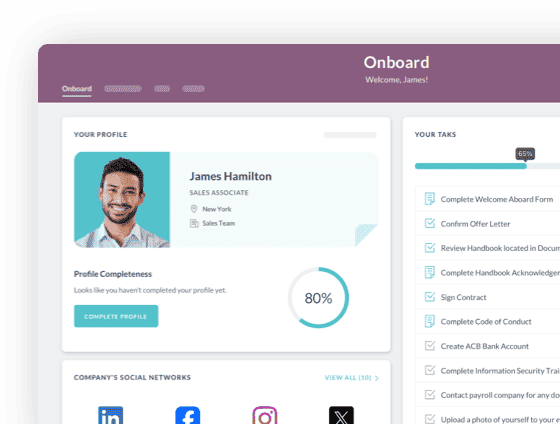

 Cut onboarding time
by 60%—here's the
Ultimate Checklist
that helped do it.
Cut onboarding time
by 60%—here's the
Ultimate Checklist
that helped do it.
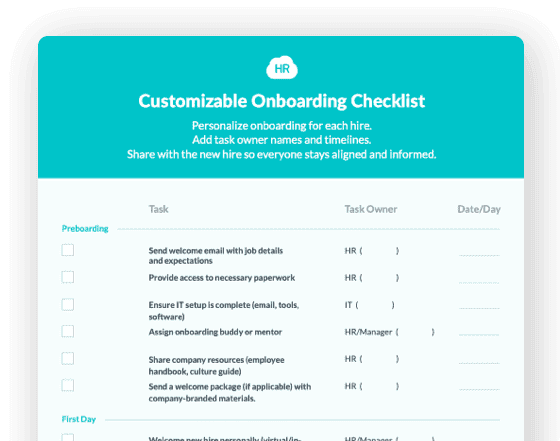
The healthcare industry encompasses services and goods that aid in patient treatment. It is undoubtedly one of the most stressful sectors, with occupational stress being prevalent among frontline employees. Therefore, creating a positive workplace culture is essential for both employee satisfaction and overall organizational success. This article explores the importance of communication engagement in fostering a positive work environment, particularly for front-line employees in healthcare.
Workplace culture, or company culture as it's often called, involves a set of values and beliefs that guide interactions between employees and managers. This culture significantly influences how healthcare organizations, whether clinics or hospitals, operate and perform. It plays a crucial role in shaping employee engagement communications, and overall frontline engagement.
While culture cannot be enforced and building it is challenging, it's crucial to create an environment that fosters the importance of employee appreciation and engagement. This approach can be highly favorable to the organization, improving communication between employees and enhancing overall engagement among staff members.
Workplace and Stress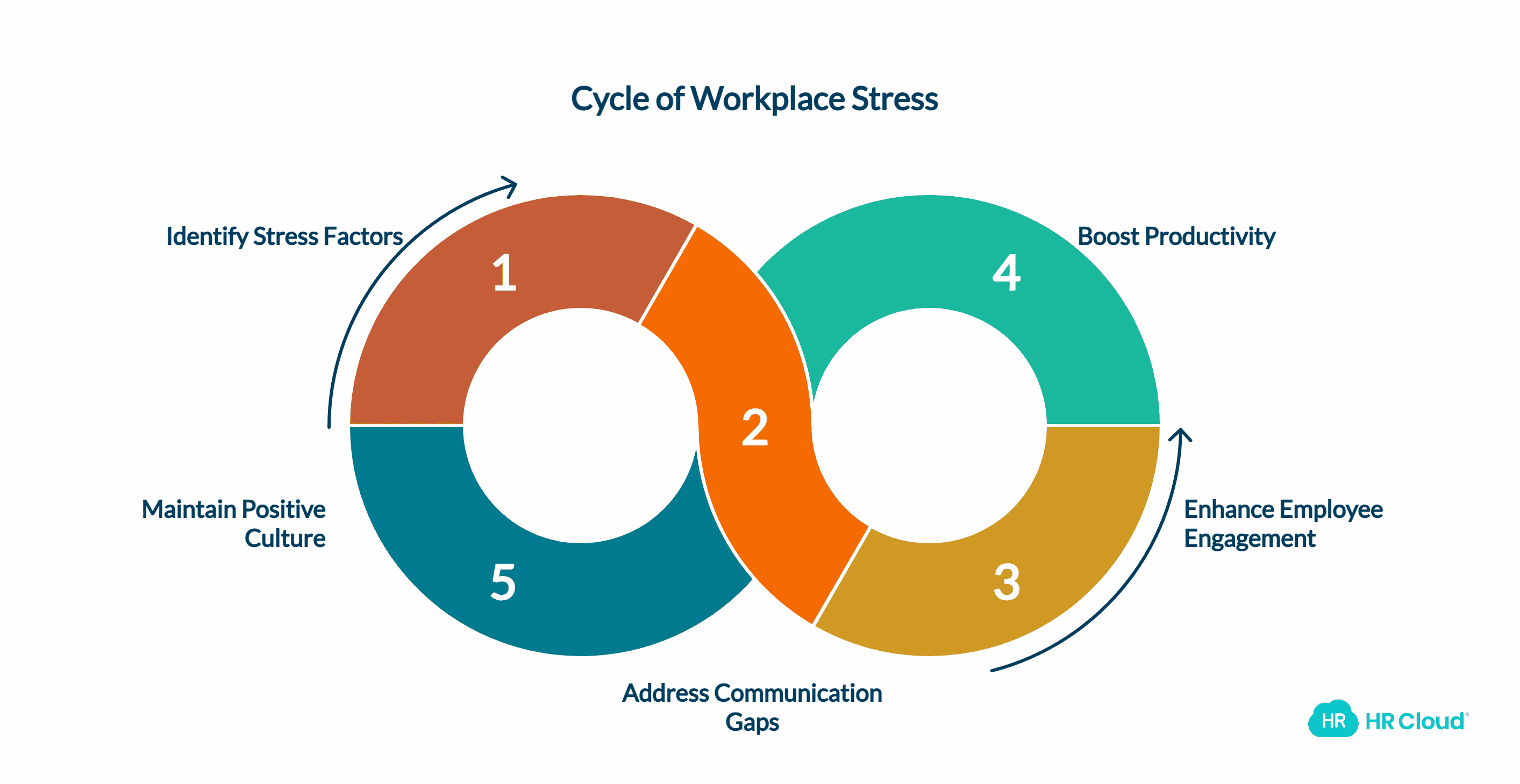
-
Work stress occurs when employees struggle to meet job requirements. Various factors can contribute to workplace stress, including excessive demands, lack of support, sudden role changes, and more.
-
The workplace environment plays a significant role in employee stress levels. For instance, gaps in employee engagement communications or employment disputes can create tensions within the workplace, affecting frontline employee engagement.
-
Stress in the workplace can lead to low motivation, decreased performance, reduced productivity, and poor morale. Moreover, the chances of acquiring ill health are higher when there is stress among colleagues.
-
Work-related stress is prevalent, especially for the frontline workforce working long hours or facing increased workloads, which can be exhausting physically and mentally.
-
Maintaining a positive company culture is essential in understanding the impact on employee well-being. It provides employees with much-needed comfort and ease while working, which in turn, helps the organization grow as productivity increases.
-
Occupational stress is a regular challenge for many employees. Ensuring that workers don't suffer through this is crucial for promoting productivity and maintaining employee satisfaction.
Healthcare Workers and Challenges
Healthcare workers, particularly deskless workers and frontline employees, face challenging working conditions. They must care for both the physical and mental health of patients, which can be incredibly stressful due to the unpredictable nature of the work and its physical demands. This can also lead to financial problems for some workers. Exploring options like Medigap Plan C can help ease the burden of unexpected medical expenses not covered by basic insurance.
These frontline staff are also prone to exposure to hazardous materials and are likely to contract diseases. For example, during the pandemic, healthcare workers had to adjust to wearing hazmat suits, which added to the already existing stress, grief, fatigue, and strain.
Healthcare workers are trained to prioritize the well-being of others before themselves. While this trait is admirable from a patient's perspective, it can be detrimental to the worker who neglects their own health. The pressure on healthcare workers is unique; they face emotionally charged situations daily and have extensive exposure to suffering and injuries, which can create a stressful environment.


What is Positive Workplace Culture?
While all workplaces differ and have various types of occupation-related stress, fostering a positive company culture can significantly contribute to both organizational and employee growth. This is particularly important for the frontline workforce, who often face the most direct challenges in healthcare settings.
A positive workplace culture prioritizes employee well-being by supporting them and implementing policies that respect and create a positive and safe work environment for employee growth. In such a culture, employment disputes are minimized, and employee engagement communications are enhanced.
Studies show that a positive work culture can lead to better employee health, promote job satisfaction, and increase employee retention. In a positive workplace, employees can boost their confidence and skills.
This positive environment is particularly crucial for health workers due to the strain and stress inherent in their work. Having a supportive workplace and a proper support system can significantly improve individual performance and well-being.
A great corporate culture is created and maintained by its employees, including you and your colleagues.
Supporting your coworkers is fundamental. Get to know them as individuals, not just as workmates.
Recognizing and congratulating team members for their contributions is an excellent approach to setting an example and promoting a better culture.
A positive workplace culture can help employees in many areas, creating a support system that benefits society through improved employee performance and engagement.
How Can Workers Help in Creating a Positive Workplace Culture?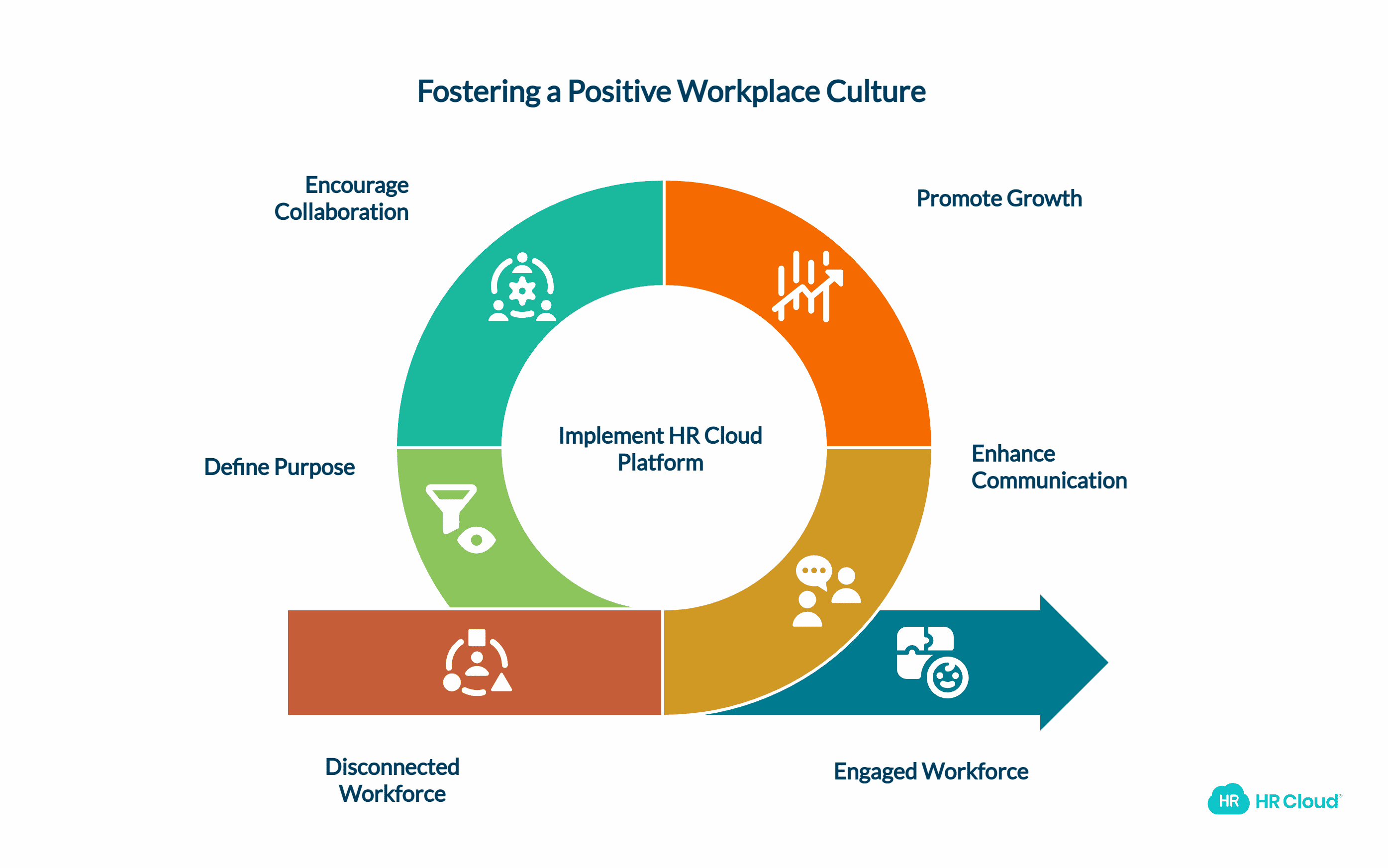
Communication Within
Employees should be available for communication with their colleagues and employers, avoiding isolation.
In a fast-paced environment like the healthcare industry, maintaining inclusive employee engagement communications can be challenging. Implementing an employee app or other internal communication software for your company will ensure that all employees are heard and informed, fostering a positive workplace.
Regular employee feedback about performance can help employees understand more about themselves and get pointers for improvement. This feedback doesn't necessarily have to come from higher positions; peer-to-peer recognition and feedback can help employees better themselves. Managers should ensure opportunities for such communication engagement are created, promoting two-way communication and employee listening.
Workers Must Have Opportunities for Growth
When you connect with your colleagues, you're creating potential allies. An environment with friends or acquaintances can increase your growth potential.
Most employees want to better themselves. An organization that provides employees with opportunities to grow and the necessary tools will have a positive culture. This can include on-the-job training, specific projects, or goals. These initiatives can help employees feel more valued and improve their skills. Remember, employee growth contributes to organizational growth.
Collaboration Among Employees
Organizations encouraging collaboration among employees are more likely to see better productivity and performance.
Employees can learn from each other and boost each other's performance by creating unity. It's essential to create a social network within the organization, supported by the company, which will help create connections across departments. Activities like potlucks, games, day outings, or even unofficial parties can help employees unwind and relax, enhancing communication engagement and overall engagement.
Workers Must Know Their Purpose
Along with creating unity, employees must realize their purpose and importance. It's crucial to create a purpose-driven culture.
The company's goals should focus on core values and be detectable in the organization's actions. Employees should understand and maintain these goals and core values. By doing so, they can support each other and contribute to both personal and organizational growth. Having a purpose and following through should be essential characteristics of a positive culture.
Using HR Cloud, you can better understand employee work mindsets and needs to build a more effective workplace culture. Workmates by HR Cloud® helps you connect, engage, and communicate easily with your most valuable employees.
The employees are better engaged with the business and one another, thanks to this employee engagement platform, which they can use to comment, react, and provide feedback immediately from their desktop or smartphone devices.
Features of Workplace Culture in Health Work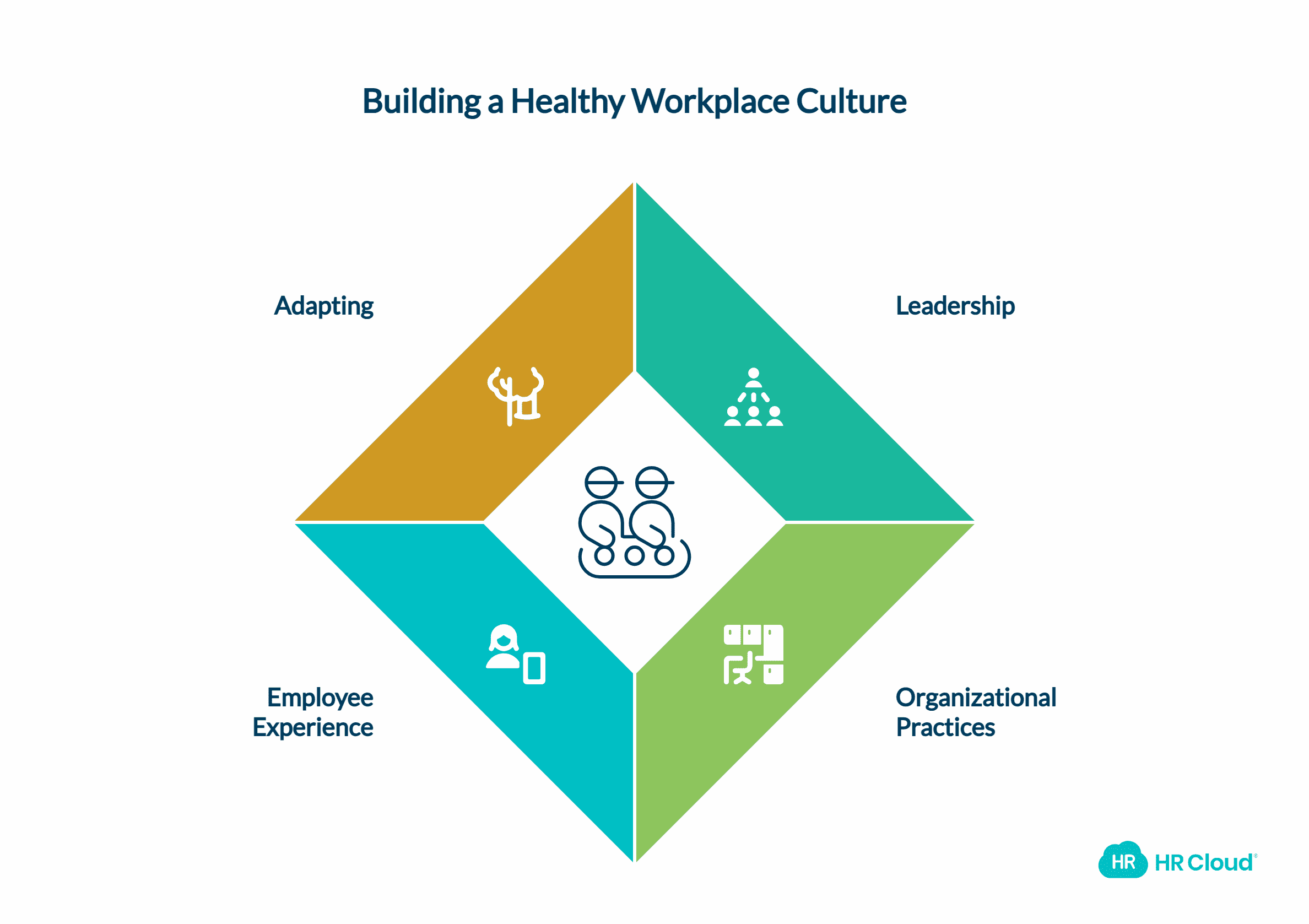
In addition to the above points, a healthy work organization must have a positive workplace culture. Below are a few necessary elements for the betterment of workers and the organization.
Leadership
Workers need healthy leadership. Having a proper leadership system can help grow the healthcare organization.
It ensures that the organization and the employees are on the right path and serve the organization's good. Leaders have the power to change the direction of the organization and its growth, significantly impacting employee motivation and productivity. Leadership visibility is crucial in maintaining a positive workplace culture and bridging any frontline connection gap.
Organizational Practices
These practices should be reflected in the actions of workers, even in their day-to-day work. Establishing proper employee engagement communications will help create a well-structured environment. There should be transparency between departments, and it's essential that there are no double standards within the organization.
Employee Experience
Ensuring that employees have the required tools, such as an employee app or other communication technology, can help them perform better. Consider making small or even communication technology changes to improve your employees ' comfort and confidence in their workplace.
Creating a positive employee experience plays a huge role in the satisfaction of both the employees and the patients they treat. An employee needs to feel valued and supported in their workplace to deliver the best care. Implementing an employee experience platform can significantly enhance this aspect of workplace culture.
Adapting
A healthcare organization does not have a rigid routine; things change, and the organization faces day-to-day challenges. It's essential to focus on these changes and ensure that everything runs smoothly despite the fast-paced environment.
The changes, however, should be healthy and ensure that employees can follow through. They must be provided with proper support and training for adaptation. This is particularly important for frontline managers who often need to implement changes quickly and effectively.
Why is a Positive Workplace Culture Important in Healthcare?
-
The main aim of a healthcare worker is to save lives. From security guards to administrators, every employee is trained to do their best to help people stay healthy and potentially save lives.
-
A positive workplace must surround the workers despite being in an environment often shrouded in misery and grief.
-
An organization with a better and positive workplace culture has a higher chance of developing improved collaboration, solutions, and better patient services, ultimately leading to increased customer satisfaction.
-
The workplace culture in the healthcare industry is not so different from the corporate workplace. It's still a collection of complex values and shared beliefs.
-
More importantly, a positive workplace will build trust and confidence among the employees who provide patient services.
Why Avoid a Toxic Workplace Culture?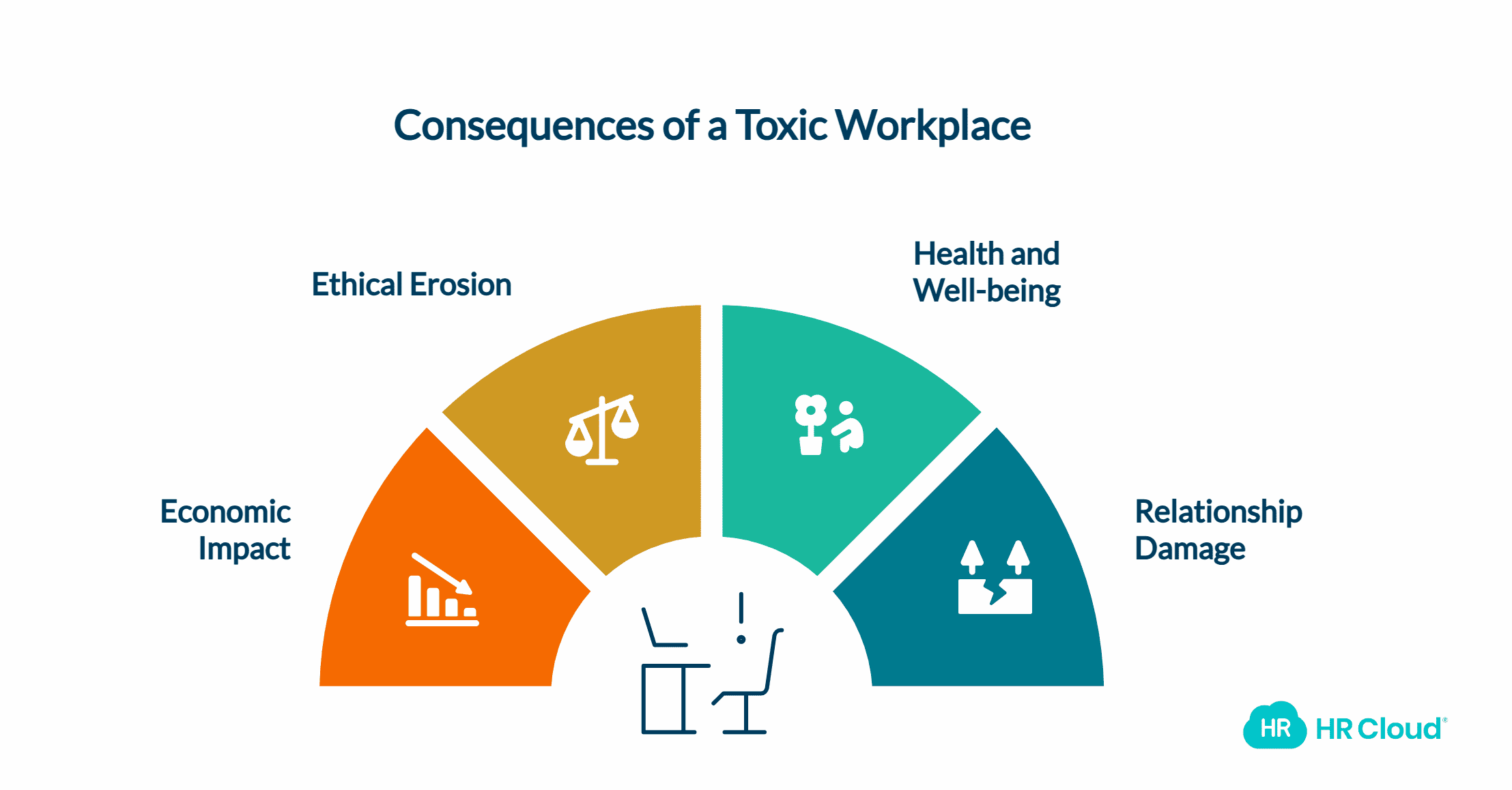
Economic Cost
A toxic workplace culture has a higher chance of reduced performance. This means that the economic performance of the organization can be greatly impacted. It can cause a downward spiral in the organization, affecting employee productivity and the care provided to patients. It can also lead to turn into a recession and potentially end the organization.
Trust
Having a poor culture can lead to unethical behavior. Following ethical practices is very important, especially in the healthcare industry. A lack of ethics can destroy trust, which can also affect the patients. A healthcare organization must follow ethical actions and contribute to a better society.
Well-being
A toxic workplace can affect employees' health, directly impacting the organization's and employees' growth. Conflict at work and harassment are just a few reasons that can affect an employee's mental and physical health, leading to decreased satisfaction and potentially higher turnover rates.
Relationships
Poor culture affects the relationship between the organization and its departments. A negative workplace can cause a person to experience depression or create an employee burnout due to an unhealthy environment. On the other hand, a positive organization can improve society through better employee engagement and performance.
Simple Ways to Create a Strong Work Culture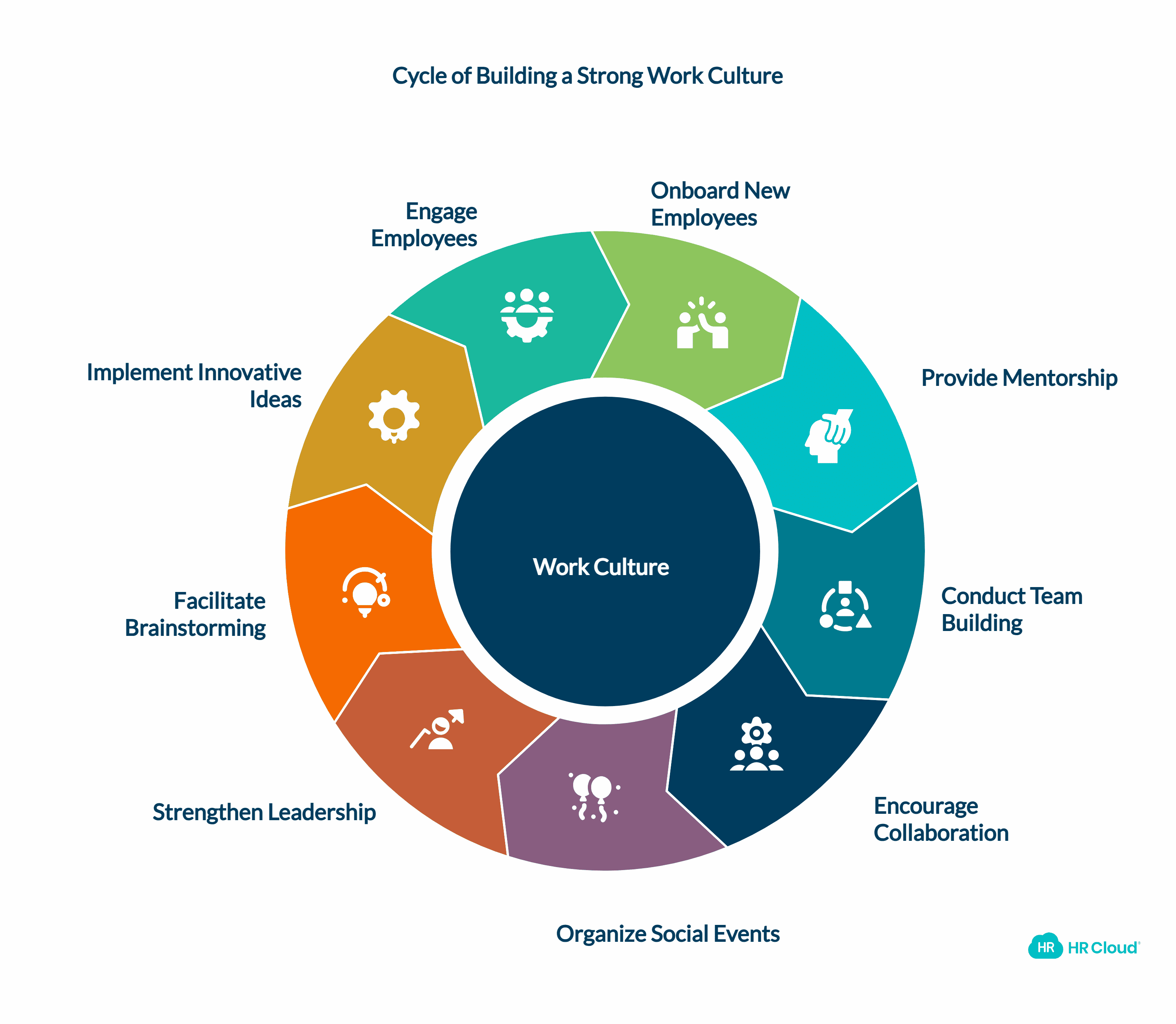
-
Employee Onboarding - Simple things like giving a gift to a new hire, greeting, icebreaker sessions, etc., can make a big difference in welcoming new team members.
-
Mentorship / Guidance - To help in the guidance and for employees to receive feedback. This doesn't necessarily have to include higher authorities.
-
Team Building - Training and development programs and team-building activities can help create a more efficient team and improve communication and engagement.
-
Collaboration - Games that require group engagement, like an escape room or board games, provide a platform to get to know other employees better.
-
Social Events - To improve employee satisfaction, events like potlucks, casual Fridays, happy hours, and so on can be added. Even unofficial gatherings may help foster better relationships.
-
Leadership - Strong leadership can help maintain a positive attitude, and including leaders in these activities can play a huge role in creating a positive culture.
-
Brainstorming - Encouraging employees to share and incorporate their ideas can help them feel more valued. It can also help promote communication and innovation.
-
Innovative ideas - Ideas should be implemented to ensure the culture isn't stagnant, and consistent improvement is required for long-term success.
-
Employee Engagement Activities - Organize regular employee engagement activities to boost morale and foster team spirit. Consider using an employee engagement survey to gather insights and improve these activities
Conclusion
Encouraging a positive workplace culture is essential since a toxic and bad work environment can cause stress for employees and the organization. It can affect employee growth; they require support and connection to help reduce the strain caused in the workplace. A positive company culture will help promote growth and create an organization with core values and beliefs that the employees follow.


FAQs
1. What causes high stress levels among healthcare workers?
Healthcare staff report major stress from workplace factors—like long hours, heavy workload, poor management, and interrupted work–life balance (these constitute ~49% of stress sources), while personal issues (32%) and overlaps (19%) also contribute.
2. How does organizational culture impact patient care and clinician well‐being?
A positive workplace culture—characterized by open communication, trust, psychological safety, and teamwork—improves clinician well-being and reduces stress/burnout. Conversely, toxic cultures are linked to errors, poorer patient outcomes, and more mental health issues.
3. What are the signs of burnout among healthcare professionals?
Burnout—a recognized occupational phenomenon—is evidenced by emotional exhaustion, cynicism toward work, reduced efficacy, plus physical fatigue, poor mood, and high absenteeism.
4. What strategies help build a positive workplace culture in healthcare?
Effective strategies include:
Regular open communication (e.g., tiered huddles to boost psychological safety).
Leadership development & team recognition
Staff engagement tools like pulse surveys, stay interviews, EAPs, wellness programs.
Team-building/social support initiatives
5. How can healthcare organizations reduce workplace stress and prevent burnout?
Best practices include:
Granting employees autonomy and control over tasks
Ensuring adequate staffing and resources
Promoting self-care and flexibility
Implementing mental health support (e.g., EAPs, confidential counseling, paid leave, resilience training)
Author Bio:
Meet Emma Meria, a versatile content writer with a passion for creating engaging and informative content. With experience across a variety of industries, Emma is skilled in crafting high-quality blog posts, articles, and social media content that resonates with audiences. When not writing, Emma can be found exploring new places, trying new foods, and reading good books.
Keep Reading
45 Boss Day Messages That Actually Mean Something (2026 Guide)
When is Boss Day 2026? Mark your calendar for October 16, 2026 — the annual opportunity
Birthday Wishes for Coworkers: 50+ Messages That Build Workplace Connection
A coworker's birthday isn't just another calendar date—it's a meaningful opportunity to
Embracing Diversity: Recognizing Different Cultures in the Workplace
Workplaces today reflect the incredible diversity of the world around us. People bring
Like What You Hear?
We'd love to chat with you more about how HR Cloud® can support your business's HR needs. Book Your Free Demo

Build a Culture of Recognition. Boost Engagement. Guaranteed.
Workmates empowers employees to stay informed, connected, and appreciated—whether they’re on the front line, in the office, or remote. Recognition drives 12x higher engagement.Trusted by industry leaders in every sector




Cut Onboarding Costs by 60%.
Take the confusion and follow-ups out of onboarding with automated workflows, digital forms, and structured portals—so new hires ramp faster 3X quicker.Trusted by industry leaders in every sector




